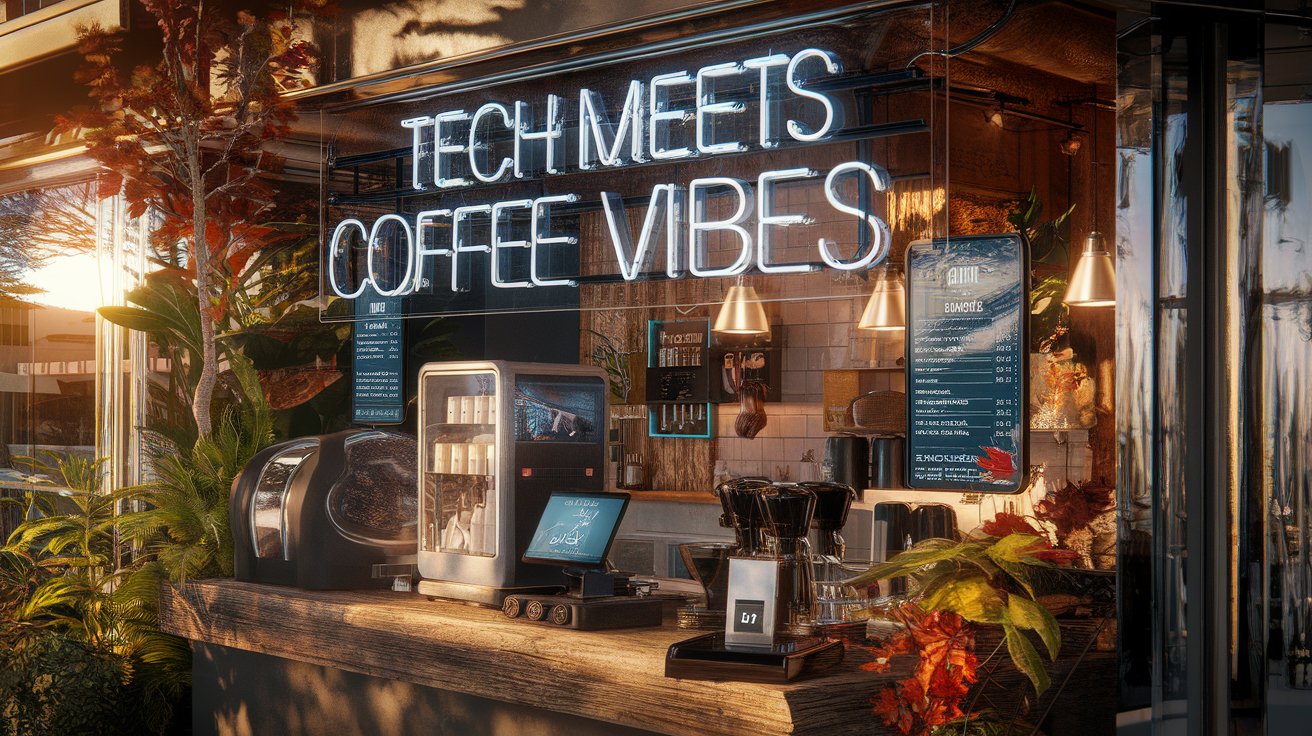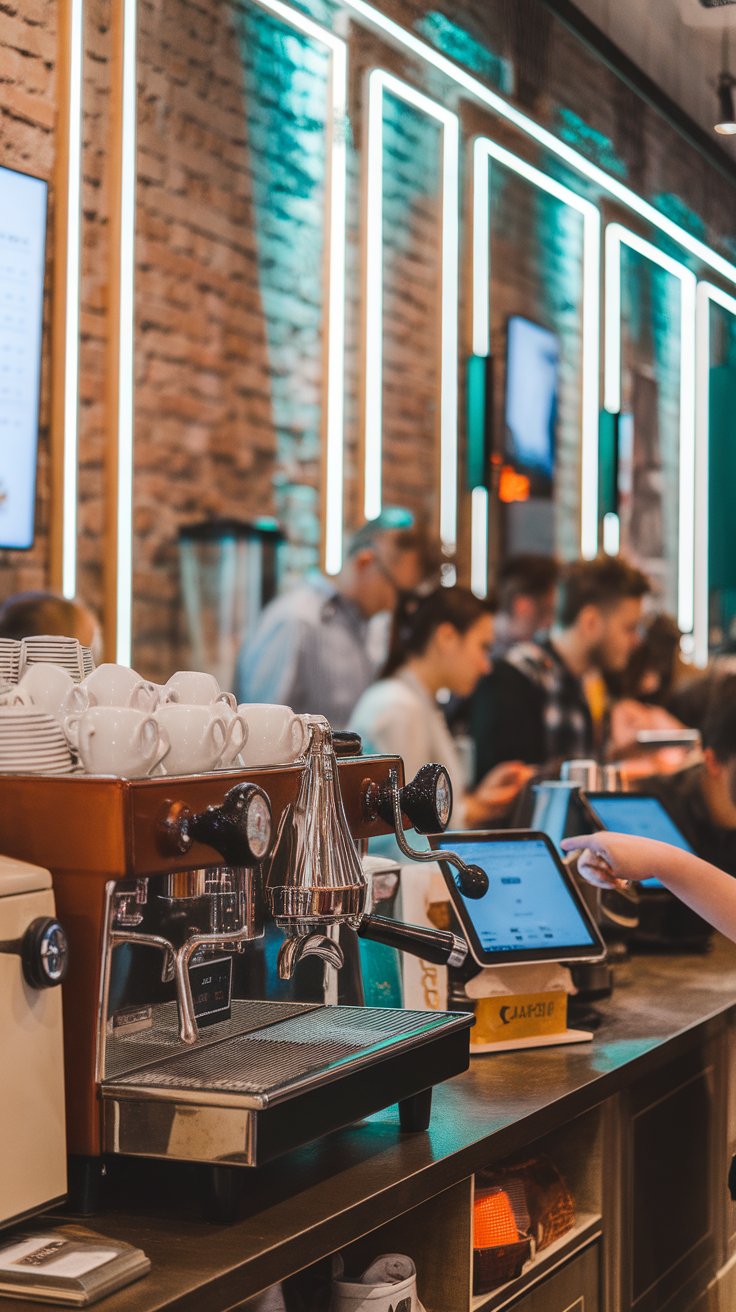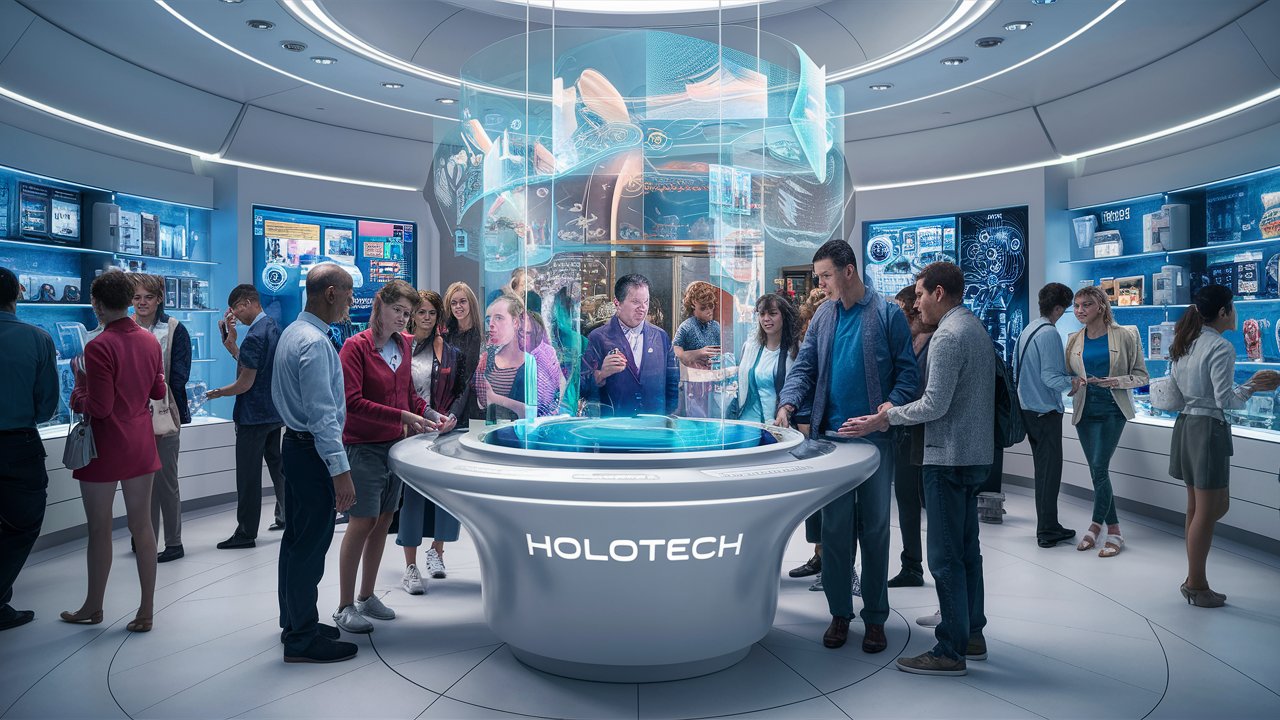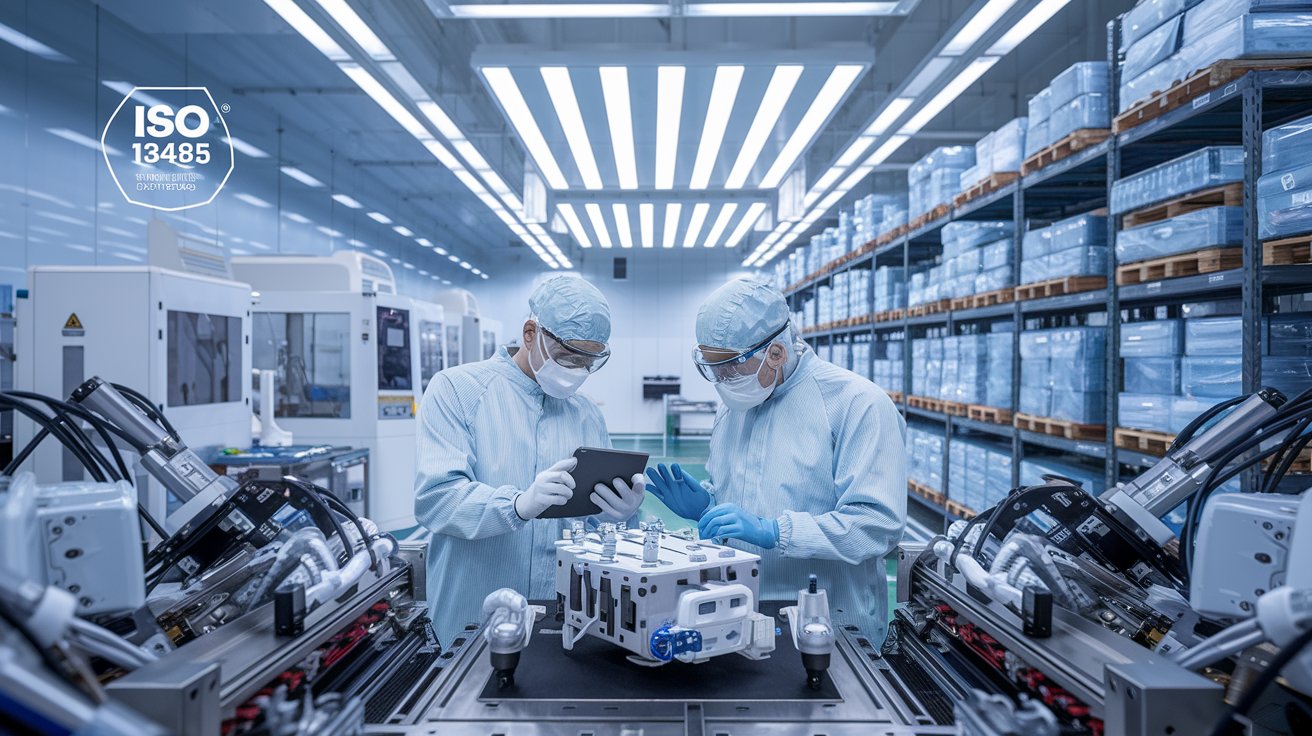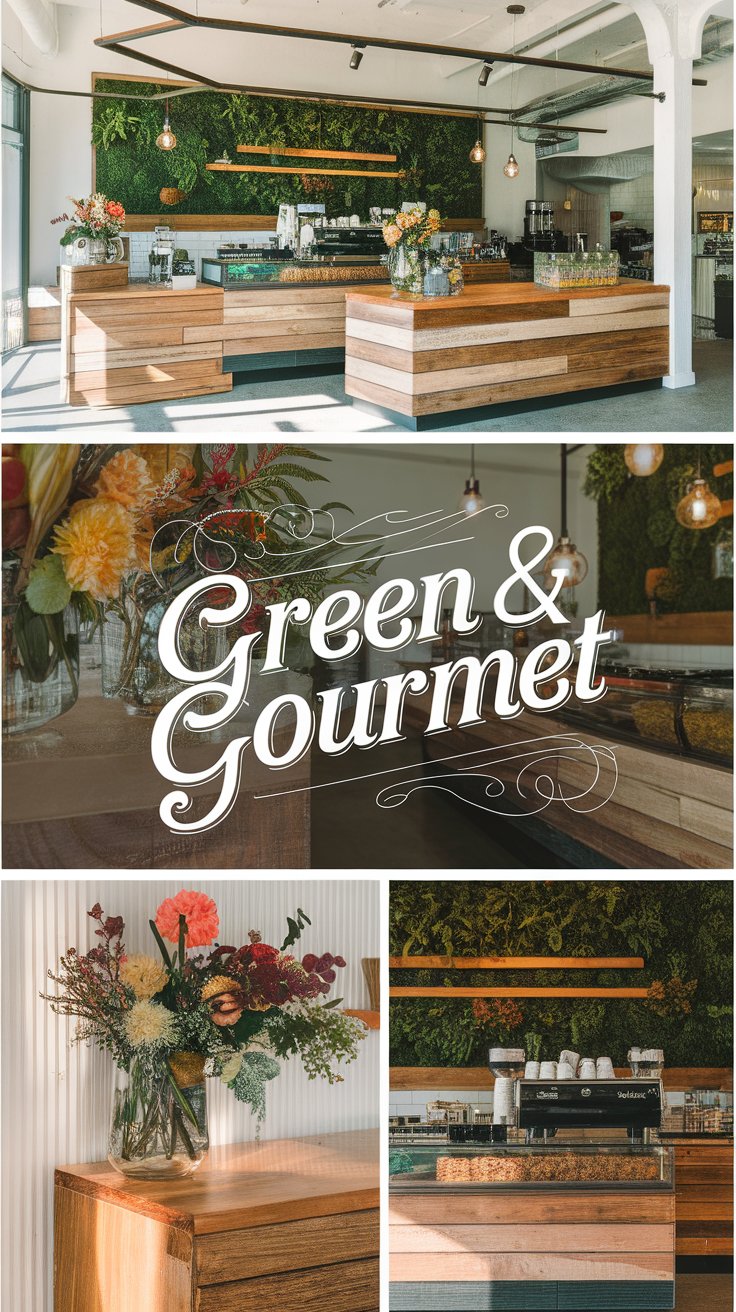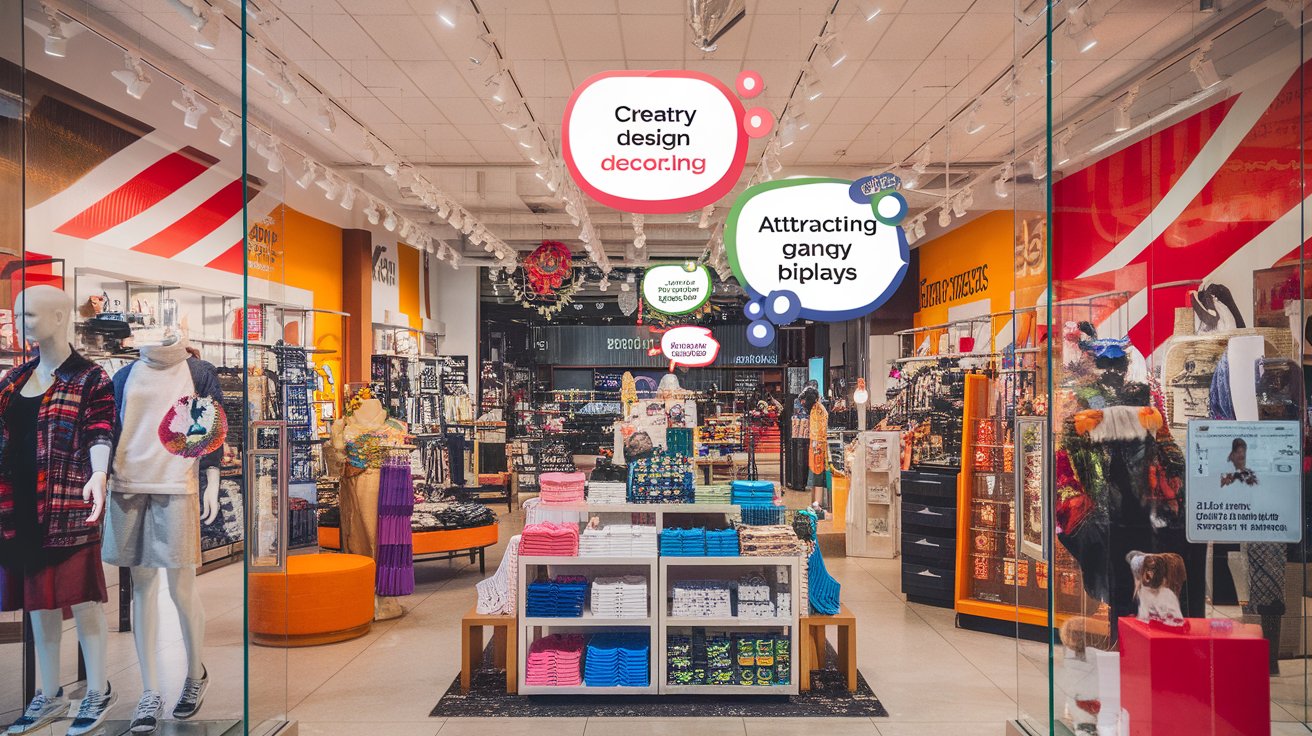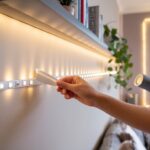Introduction
Coffee shops have evolved beyond mere places to grab a caffeine fix; they have transformed into dynamic social hubs that cater to a tech-savvy clientele. Modern coffee shop design emphasizes not only aesthetic appeal but also functional elements that enhance user experience. This article delves deep into contemporary design trends that resonate with the needs of today’s consumers, who seek community, technology integration, and comfort in their coffee environments.
The ideal coffee shop today is one that fosters collaboration, creativity, and productivity, making it a favorite spot for freelancers and tech enthusiasts alike. By blending innovative architectural elements with functional interior design, such spaces are able to create a welcoming atmosphere that encourages both relaxation and work. We will explore inspiring ideas and practical tips for establishing a trendy coffee shop that appeals to a modern customer base.
The Evolution of Coffee Shops: From Tradition to Technology
From Social Hubs to Digital Arenas
The origin of coffee shops can be traced back to the 15th century in the Middle East, where they functioned as social hubs for intellectual discussion and community interaction. These establishments were casual gathering spots where ideas were exchanged over steaming cups of coffee. As time progressed, coffee shops spread to Europe, and by the 17th century, they became known as “penny universities” in England, where anyone could enter, buy a cup of coffee for a penny, and engage in stimulating conversation.
As the years went on, coffee shops evolved into more than just places for social interaction; they became cultural landmarks. The 19th and early 20th centuries saw a shift towards specialization, with shops catering to various demographics—from students to artists, to travelers. Traditional cafes reflected their local cultures through decor, menus, and service styles, offering a cozy ambiance that made them cherished locations in cityscapes.
The Role of Technology in Modern Coffee Shops
Fast forward to the late 20th century and the dawn of the digital age, and the concept of coffee shops took another significant turn. The rise of the internet and personal devices transformed these spaces into tech-savvy environments where people not only sought caffeine but also connectivity. Coffee shops began implementing public Wi-Fi, charging stations, and smart tables equipped with integrated touchscreens, allowing customers to place orders, track their spendings, or even work while sipping their favorite brews.
This transition marks a departure from the mainstay traditional model—a move from merely providing coffee and ambiance to creating an experience that caters to a tech-savvy crowd. Where social interactions once dominated the coffee shop experience, transactional convenience and technological integration now play a crucial role. The modern coffee shop is designed to facilitate both solo work and social gatherings, making them versatile spaces that adapt to diverse customer needs.
This evolution highlights the importance of balancing traditional values with contemporary demands, ensuring that coffee shops remain inclusive spaces for dialogue while embracing the innovations that serve today’s digitally-inclined patrons. Consequently, the aesthetic design of these establishments has also shifted to reflect a blend of nostalgia and modernism, where the feeling of comfort meets the functionality demanded by an ever-connected consumer base.
Functional Aesthetics in Design: Merging Aesthetics with Functionality in Trendy Coffee Shops
The coffee shop landscape has evolved significantly, driving the demand for designs that serve the dual purpose of aesthetic appeal and practicality. As coffee shops become extensions of personal and professional spaces for a tech-savvy clientele, it’s crucial to understand the interplay between form and function in crafting environments that enhance user experience while also fulfilling operational needs.
Creating Visually Appealing Spaces
The visual character of coffee shops plays a pivotal role in attracting customers. Interior designers and architects are tasked with creating spaces that foster a visually stimulating experience. This entails selecting color palettes that evoke warmth and creativity, integrating unique furniture pieces that resonate with contemporary tastes, and incorporating artwork that tells a story. Elements like natural light, plants, and thoughtful space layout not only enhance aesthetics but also promote a sense of well-being, encouraging patrons to linger longer.
Practicality in Design Layout
While aesthetics draw customers in, functionality keeps them returning. A successful coffee shop design seamlessly integrates efficient workspaces that accommodate both baristas and patrons. For instance, counter layouts need to be strategically designed to facilitate smooth workflows, enabling staff to serve customers quickly without feeling rushed. Seating arrangements should cater to diverse needs, offering communal tables for informal meetings and cozy corners for solitary work sessions. Technology integration, such as charging stations and robust Wi-Fi, stands out as a prominent feature that appeases the digital nomad seeking the perfect work environment.
Technology plays a crucial role not just in customer experience but also in operational efficiency. Incorporating advanced point-of-sale systems and automated inventory management tools can streamline processes, allowing staff to focus on customer engagement rather than administrative tasks. By merging these practical solutions with stylish designs—think artisanal wood elements paired with sleek metal accents—coffee shops can establish an identity that resonates with modern consumers.
Combining aesthetics with functionality is not merely a design trend; it is foundational to crafting coffee shop experiences that are welcoming, efficient, and conducive to productivity. As the lines between work, leisure, and social spaces continue to blur, coffee shop designs that champion functional aesthetics will undoubtedly thrive in the competitive landscape of contemporary cafes, paving the way for innovative concepts that speak to the tech-savvy crowd.
Sustainable Design Practices in Trendy Coffee Shops
Creating an Eco-Conscious Space
The coffee industry is witnessing a significant shift towards sustainability, and this transition is increasingly shaping the design of modern coffee shops. As consumers become more environmentally conscious, their preferences are noticeably influencing coffee shop aesthetics and functionality. A sustainable design goes beyond the mere selection of eco-friendly materials; it encapsulates the entire operational philosophy of the café.
Integrating sustainability into coffee shop design involves several key practices. First and foremost is the use of renewable materials, such as bamboo and reclaimed wood, which can reduce the ecological footprint of construction. Additionally, incorporating energy-efficient appliances and technology, such as LED lighting and energy-saving espresso machines, can minimize energy consumption while creating a sleek, modern atmosphere.
Water conservation is another critical aspect. Features like low-flow faucets, rainwater harvesting systems, and water-efficient dishwashers not only aid in conserving resources but also reflect a commitment to ecological stewardship. The importance of these elements cannot be overstated in a market where eco-friendliness has become synonymous with quality and responsibility.
Aesthetic Expression through Sustainability
The visual aspect of sustainability plays a crucial role in attracting a tech-savvy clientele. Unique, eco-conscious décor—perhaps featuring living walls or upcycled art—can set a coffee shop apart from its competitors. Patrons of today appreciate spaces that harmoniously blend style with sustainability. Green elements serve as both an aesthetic statement and a clear indicator of a brand’s values.
Companies that prioritize sustainable practices often see heightened customer loyalty. Shoppers are increasingly willing to support brands that align with their values, knowing that their choices contribute positively to the environment. This growing trend transcends demographics, appealing to Gen Z, millennials, and even older generations.
Incorporating sustainable practices within the design of coffee shops does not solely serve a functional role; it also enhances customer experience by creating an inviting atmosphere. The combination of eco-friendly elements and technological integration fosters spaces where people not only enjoy great coffee but also feel a connection to something larger. Ultimately, the push for sustainability in coffee shop design is not just a trend—it’s a necessity that resonates with an educated, aware consumer base. This evolution in design, marrying aesthetics with responsible choices, paves the way for more mindful coffee culture.
Crafting the Ultimate Customer Experience: Designing a Coffee Shop for the Tech-Savvy Crowd
Prioritizing User Experience in Coffee Shop Design
Creating a customer-centric coffee shop goes beyond aesthetics; it requires an intricate balance of technology, comfort, and efficiency. For a tech-savvy audience, the design should enable seamless interactions and cater to their modern lifestyle. This entails integrating digital solutions into the physical space, thus redefining how customers engage with their favorite café.
One effective approach is to incorporate smart ordering systems that allow customers to place their requests via mobile apps or touchless kiosks. This not only streamlines the service process but also minimizes wait times, enhancing the overall user experience. The layout of the coffee shop should accommodate these technologies, creating designated areas for pickup and tailored seating arrangements for those wanting to work or socialize.
Another key aspect is the incorporation of reliable and fast Wi-Fi, which acts as a magnet for the tech-savvy crowd. The layout should be designed to provide optimal coverage throughout the space, ensuring that customers can stay connected while enjoying their beverages. Comfortable seating options equipped with charging stations elevate the experience further, creating an inviting atmosphere for both remote workers and casual visitors.
Creating an Inviting Atmosphere with Functionality
While digital elements enhance functionality, the ambiance of the coffee shop should not be overlooked. Thoughtful lighting designs that mimic natural light can help improve mood and productivity. Consider using adjustable fixtures that can change intensity throughout the day, catering to both those who seek a vibrantly stimulating environment and those who prefer a more relaxed space.
Acoustic design is equally important; providing an environment where customers can either concentrate on their work or engage in conversation is essential. Utilizing materials that absorb sound can make the space feel welcoming and conducive to social interaction.
Incorporating unique design elements, such as community boards for tech events or art installations that reflect local culture, adds a personal touch that resonates with customers. It encourages them to engage more deeply with the space, inviting repeat visits and fostering community connections.
The ultimate customer experience in coffee shop design relies on a harmonious blend of technology and artistry, prioritizing user needs and preferences above all else. By doing so, coffee shops can cultivate an environment where both aesthetics and functionality live in perfect harmony.
Conclusions
Coffee shop design has taken on new dimensions in our tech-driven society. A successful establishment blends appealing aesthetics with practical functionality, catering to the diverse needs of today’s clientele. This article has highlighted various strategies and design principles that can help create a trendy coffee shop, making it not just a place to enjoy coffee, but an experience that resonates with the tech-savvy individual.
Incorporating flexible seating arrangements, charging stations, and thoughtful décor can profoundly impact customer satisfaction and retention. By paying close attention to these design elements, coffee shops can ensure they remain attractive destinations for social interaction, remote work, and creative pursuits, thereby solidifying their status in the community.

